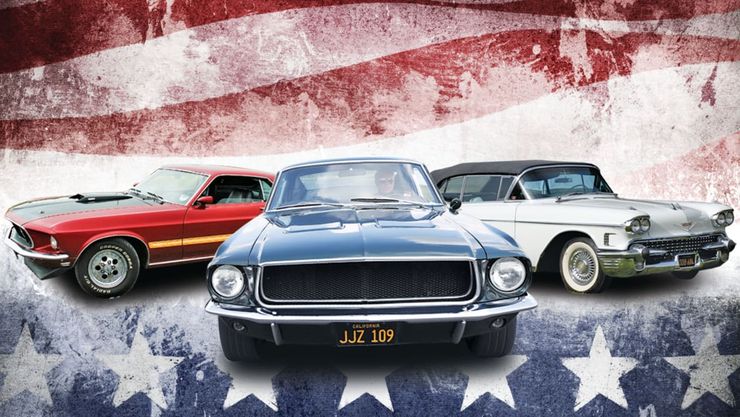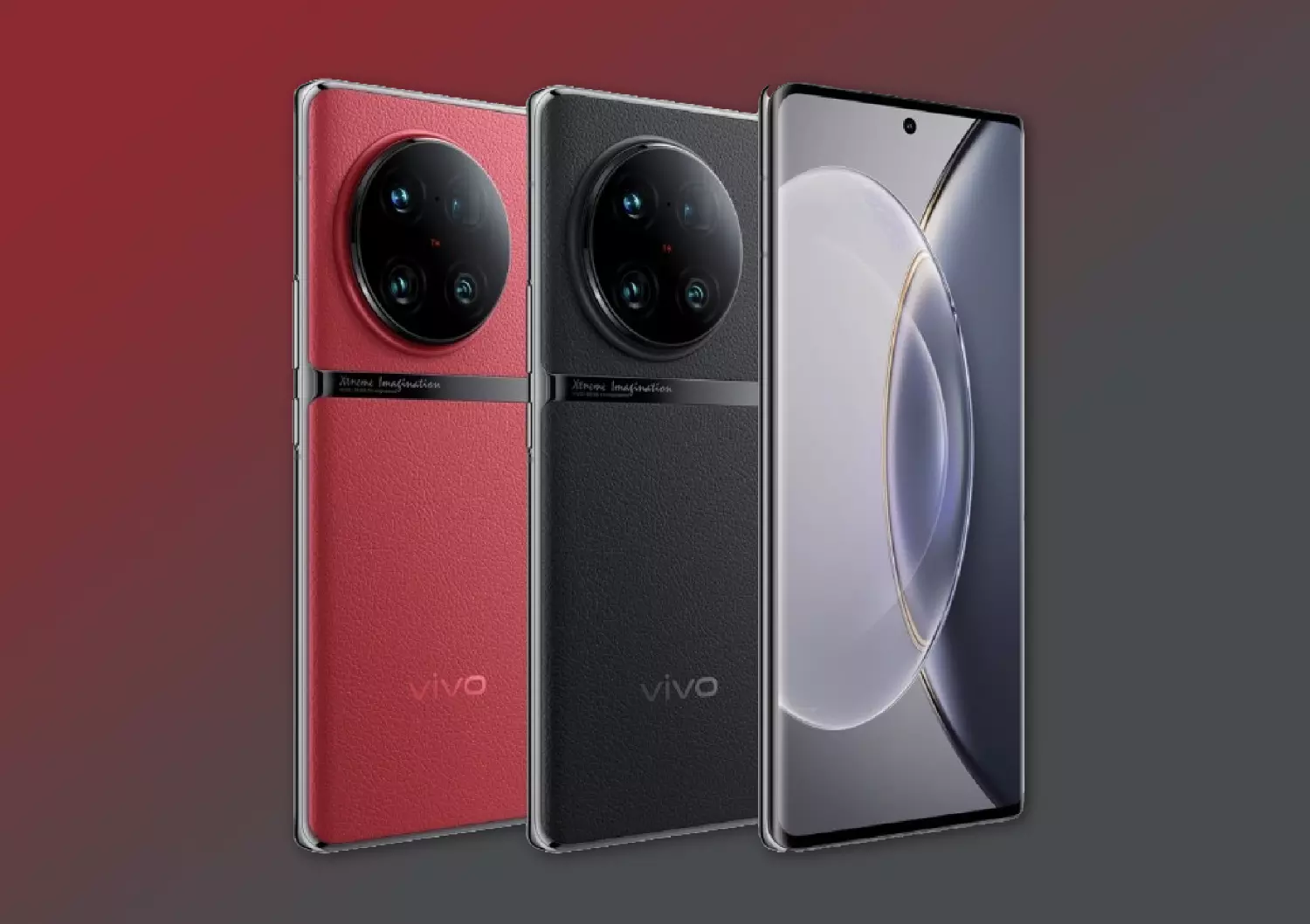“Trucks” – large, truly American pickups – are bought for a long time, but various consumer goods, such as sedans, hatchbacks and station wagons, are a solution for several years. And then they leave to conquer other continents. Ours too, where they need to be stoically brought to life.
The second important argument is spare parts. Machines for the American market often differ from models for the European market, which have also been supplied to us. Simply put, filters and brake pads are likely to be found, but you will have to look for every other part: gaskets, seals, bearings, etc. are also consumables, but you have to order them and wait for them. Sometimes for months. What can we say about components and assemblies, which with a high degree of probability will have to watch out for disassembly?
The third point is the most “cornerstone”. Most of the US cars sold in Russia are bitcoins. They are bought at auctions from insurance companies, after which they are brought to Belarus and to us, where they are repaired on the spot. Of course try to save as much as possible on restoration. This is how various “tricks”, Chinese spare parts, “buggy” sensors, faulty valves and much more appear, which the new owner has to deal with. The “ambush” must be located, found, and then replaced. This is time and a lot of money, without which the car often becomes “real estate”. And at this point a simple question arises: is it worth it?














